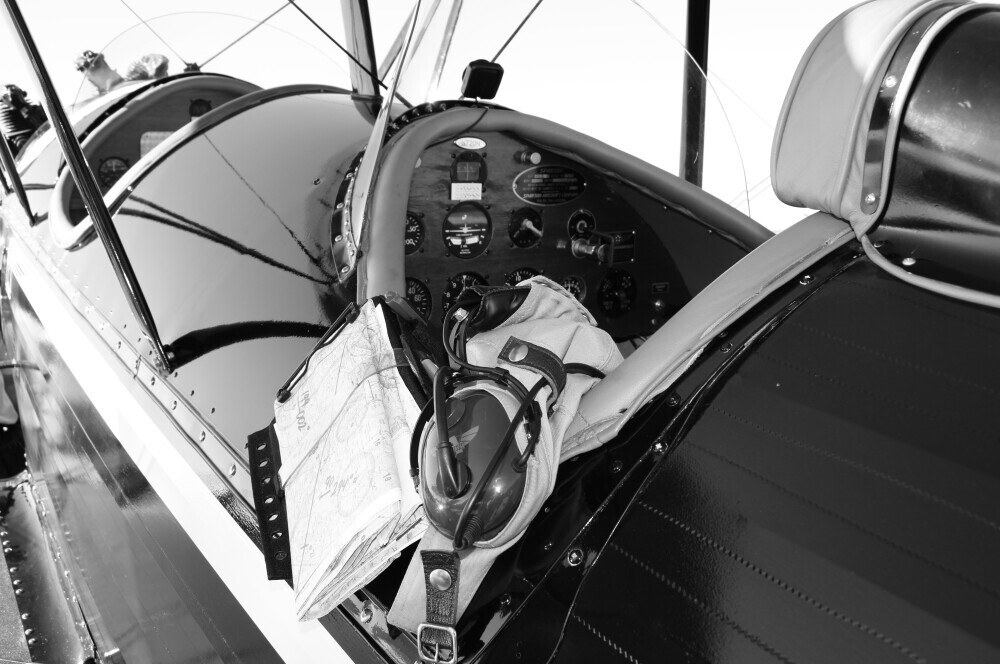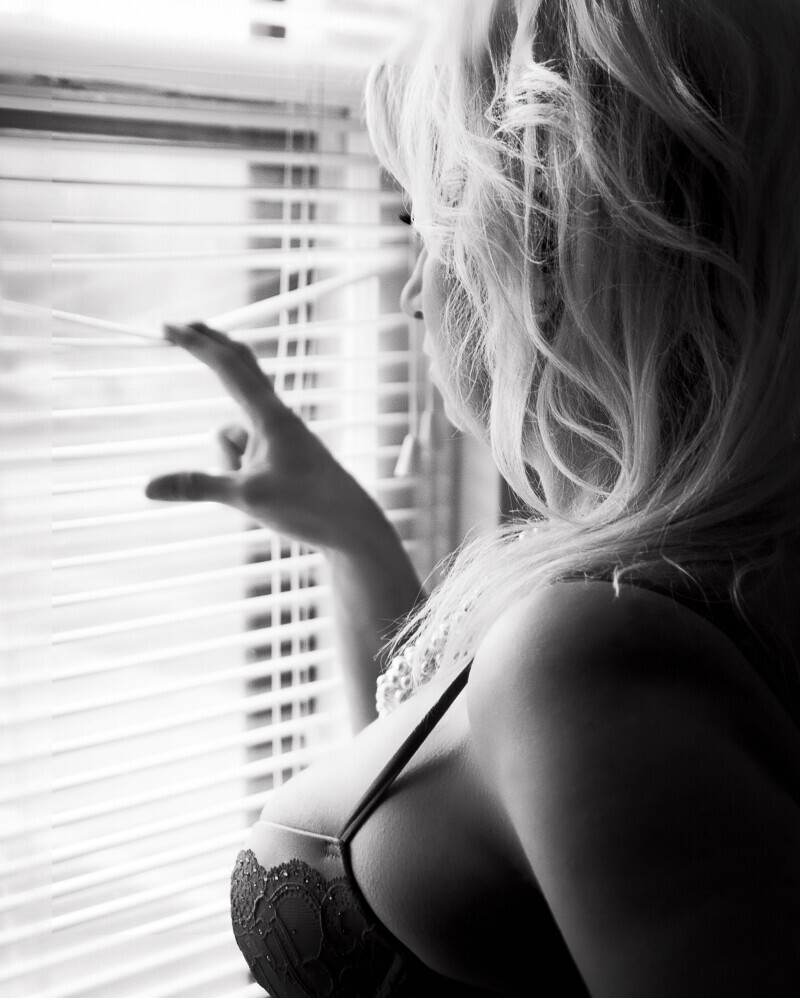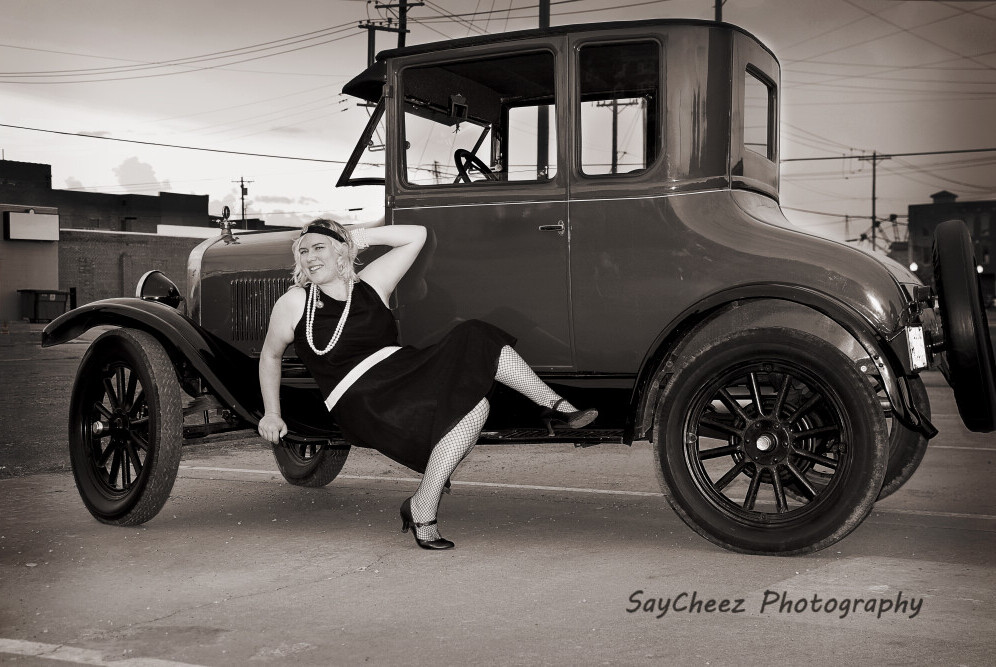
Black and white photography strips away the distraction of color, revealing the world in its most raw and dramatic form. It’s a medium that demands an appreciation for light, shadow, and composition, transforming ordinary scenes into something extraordinary. If you’re ready to explore the timeless charm of monochrome images, you’ve come to the right place.
Black and white photography has roots stretching back to the dawn of photography itself. Early pioneers like Ansel Adams and Henri Cartier-Bresson masterfully used this medium to capture breathtaking landscapes and poignant human moments. Their work proves that even in the absence of color, a picture can still speak a thousand words. These masters understood that the essence of photography is in its ability to convey powerful stories and emotions through contrasts and textures.
Today, the appeal of black and white photography hasn’t waned. Modern photographers continue to gravitate towards this style to create artistic and impactful images. Black and white photography challenges you to see the world differently—to focus on shapes, lines, and tones. It’s an exploration of light and dark, bringing out details that might get lost in color photography.
Notable names like Sebastião Salgado and Fan Ho have left their mark with striking black and white imagery. Their work reminds us of the profound impact this style can have. From Salgado’s raw documentation of global issues to Ho’s artistic street scenes, these photographers have shown that black and white photography is more than a style choice—it’s a way of seeing the world.
In an age saturated with color visuals, black and white photography offers a refreshing break. It encourages you to slow down, observe your surroundings, and appreciate the simplicity and complexity of the world. Whether you’re capturing a moody portrait or a dramatic landscape, black and white photography emphasizes emotion and storytelling, making it a powerful tool in every photographer’s arsenal.
Essential Techniques for Capturing Stunning Black and White Photos

Black and white photography might seem straightforward, but creating truly remarkable images requires attention to detail. Mastering a few key techniques can make all the difference in your shots.
Light and contrast are your best friends. In the absence of color, it’s the variations in light and shadow that add depth and interest to your photo. Look for scenes with strong light sources and distinct shadows. Early morning and late afternoon offer the best natural lighting conditions.
When composing your shots, think about form and structure. Lines and shapes become more prominent without color. Use leading lines to draw the viewer’s eye and incorporate different textures to add richness to your image. Experiment with various angles and perspectives to make common scenes appear extraordinary.
Textures and patterns can enhance a black and white photo, giving it more dimension. Rough surfaces, intricate details, and repetitive patterns become focal points. Capture these elements in your frame to make your photos more engaging.
Filters and post-processing techniques can elevate your work. Neutral density filters can help manage light, while colored filters can adjust the contrast in specific areas. In post-processing, tools like dodge and burn can enhance the highlights and shadows. Be mindful of over-editing—enhance, don’t overpower.
Remember, practice is key. Take time to experiment with these techniques, and don’t be afraid to make mistakes. Each photo you take is a learning opportunity, bringing you closer to mastering the art of black and white photography.
Identifying the Best Subjects for Black and White Photography

Certain subjects naturally shine in black and white, thanks to their inherent contrast, texture, and emotion. Knowing what to shoot can transform an ordinary image into a captivating masterpiece.
Portraits are a classic choice. Stripping away color can highlight facial features, expressions, and emotions, giving them a raw, timeless quality. Look for subjects with strong emotional expressions or interesting facial lines. Pay attention to lighting, as it can dramatically change the mood of your portrait.
Landscapes also lend themselves well to black and white. The interplay of light and shadows across natural scenes delivers stunning results. Foggy mornings, stormy skies, and winter scenes with bare trees are particularly striking. Focus on the textures and patterns in nature to create depth.
Still life photography gains a unique edge in monochrome. Everyday objects arranged thoughtfully can result in beautiful compositions. Items with different textures, like metal, wood, or fabric, add visual interest. Play around with lighting to cast intriguing shadows and highlights.
Street photography is where black and white truly shines. This genre captures the essence of urban life—the hustle, the quiet moments, the interactions. The absence of color draws attention to the scene’s composition, the subjects’ expressions, and the play of light and shadow.
For emotional and moody shots, use contrast to your advantage. High-contrast scenes where shadows and highlights are stark will evoke strong feelings. Similarly, low-contrast images with subtle gradations can convey a sense of calm or melancholy.
By focusing on these subjects, you can leverage the unique strengths of black and white photography to create visually stunning and emotionally powerful images.
Color Considerations in Black and White Photography

Color might seem irrelevant in black and white photography, but the way colors translate to gray tones can dramatically influence the outcome. Certain colors convert better than others, creating more impactful black and white images.
Bold colors like red and blue often translate into strong shades of gray, providing rich contrast. Whites and blacks, as expected, remain strong and help anchor your photo. Sometimes, earthy tones like brown or green can look flat and less dynamic without color. In these cases, pay close attention to lighting and shadows to bring out the best textures and contrasts.
Understanding color contrast is essential. High-contrast color scenes, like a red apple on green grass, will also translate well into black and white. This contrast between light and dark areas is crucial for depth and interest. Low-contrast scenes, where colors are similar in tone, might look dull and lack definition in grey scale. Finding scenes with varied shades from light to dark will give your photos more dimension.
Converting color photos to black and white isn’t just about removing color. Using post-processing tools can help you adjust the brightness and contrast to bring out the features you want. Adjusting the red, green, and blue channels in your editing software can help you control how different colors appear in black and white. Certain software even allows you to mimic the effect of color filters, giving you precise control over the final image.
Enhancing different shades of gray in your final edits makes a world of difference. Don’t be afraid to tweak the shadows and highlights to add more drama or to soften specific areas. A well-balanced black and white photo should have a full range of gray tones, from the deepest blacks to the brightest whites, with smooth transitions in between. This balance helps in making your photos visually rich and engaging.
Expert Advice: Mastering Black and White Photography

Getting the hang of black and white photography takes practice, but a few expert tips can set you on the right path. Whether you’re a beginner or looking to refine your skills, these insights will help you capture stunning monochrome images.
Start with the basics. Never overlook the impact of good composition. Rule of thirds, leading lines, and symmetry can all make your shots more compelling. Use these principles to guide your framing but don’t be afraid to break the rules when the moment calls for it.
Pay close attention to light and shadows. The play of light and dark is more pronounced in black and white, so find scenes where these contrasts naturally occur. Golden hours—shortly after sunrise or before sunset—offer soft light perfect for creating dramatic shadows and highlights.
Experimentation is key. Don’t hesitate to try out different techniques, settings, and filters. Bracketing your shots, where you take multiple photos at different exposure levels, can help you find the best range of tones. Use this to discover what works best for your style.
Post-processing is your final frontier. Editing software can help you fine-tune your photos. Adjusting contrast, brightness, and using tools like dodge and burn can bring out details and add depth. Many professionals spend ample time in post-processing, treating it as an essential part of their workflow.
Avoid common mistakes. Over-editing is a big no-no—subtlety is your friend. Blow-outs, where highlights are too bright and lose detail, and crushed blacks, where shadows are too dark, should be handled carefully. Aim for a balanced range of tones to maintain detail and texture.
Resources for further learning are abundant. Books, online tutorials, and photography workshops can provide you with deeper insights and advanced techniques. Learning from the work of renowned photographers and engaging with a community of fellow enthusiasts can also offer valuable perspectives.
Mastering black and white photography is a journey. Keep practicing, stay curious, and always look for new ways to see the world through shades of gray. Each shot brings you closer to capturing the essence and beauty of black and white imagery.

Great post Don!
Thank you Garth! This means so much coming from a great photographer as yourself!